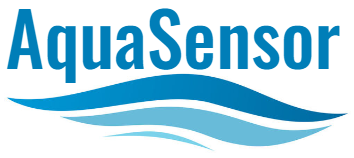AquaSensor specialises in river pollution monitoring and is designing a range of environment friendly, forensically secure sensor systems
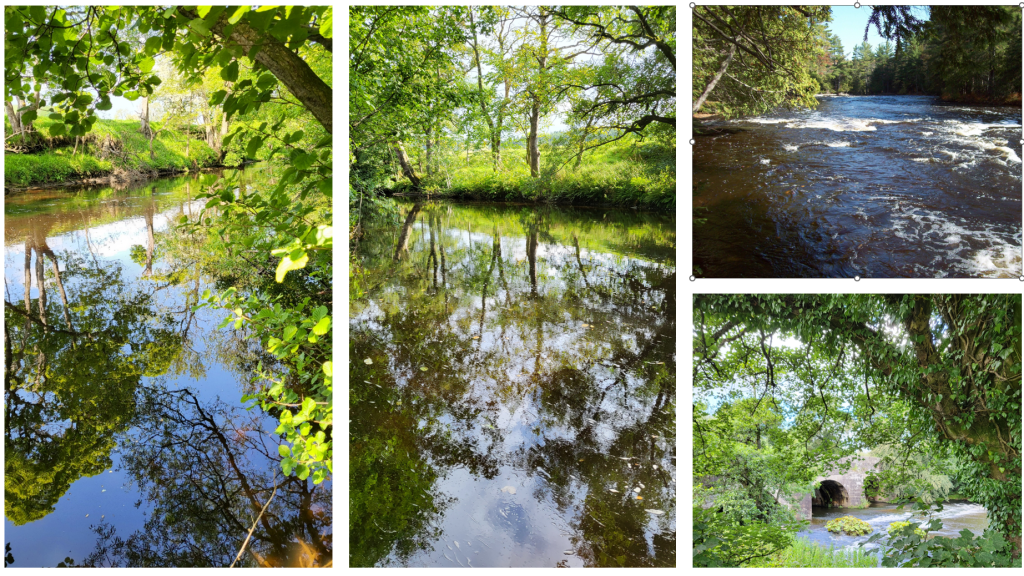
Overview
Water is one of our planet’s most precious resources, and yet it is constantly under threat from pollution. Rivers are particularly vulnerable to contamination, as they serve as a natural conduit for all manner of waste products. From industrial chemicals to agricultural runoff, our waterways are facing an unprecedented assault on their health and vitality. By keeping a close eye on the quality of our water, we can identify problem areas and take action to protect our ecosystems.
Sources of Pollution
Monitoring is crucial to pinpoint the origins of river pollution which can pose threats to aquatic life and human safety. There are many causes of river pollution including:
- Industrial waste from factories
- Agricultural runoff from farms
- Municipal Sewage from cities and towns
- Stormwater Runoff from roads
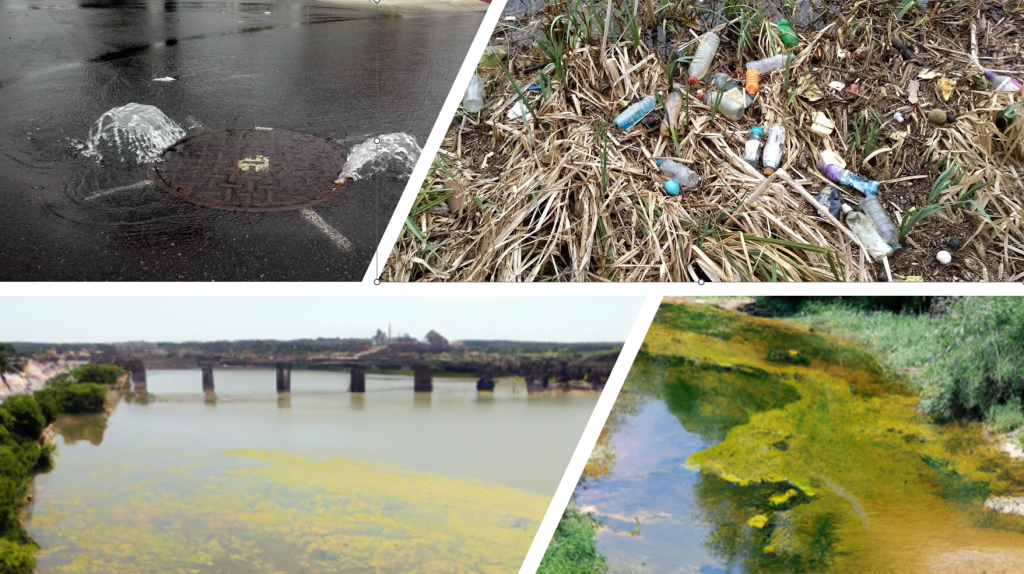

Effects of Pollution
Pollution in rivers can have devastating effects on the environment and the organisms that depend on it. In addition to harming the ecosystem, pollution in rivers can also have economic impacts. Contaminated water sources can make it difficult or impossible for communities to use the water for drinking, fishing, or recreation. This can lead to lost income for local businesses and decreased property values for homeowners.
Public concern
Raised public awareness through high-profile press attention, has added pressure on those responsible to improve our water network for all who benefit and use it. There are limited numbers of monitoring points throughout the water network with extensive “dead-zones” where monitoring is difficult to obtain either through lack of communications network, remoteness or economic non-viability.
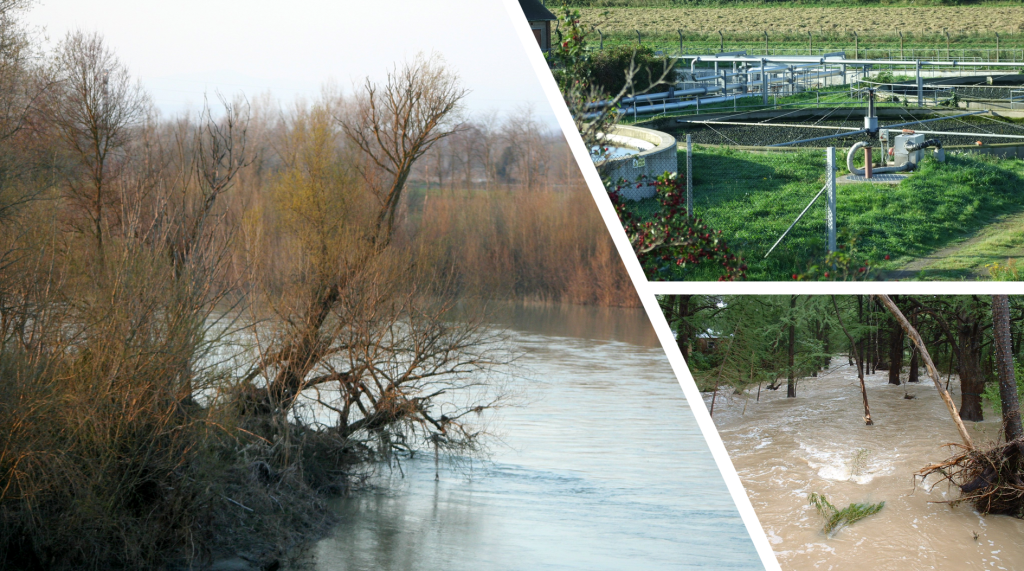
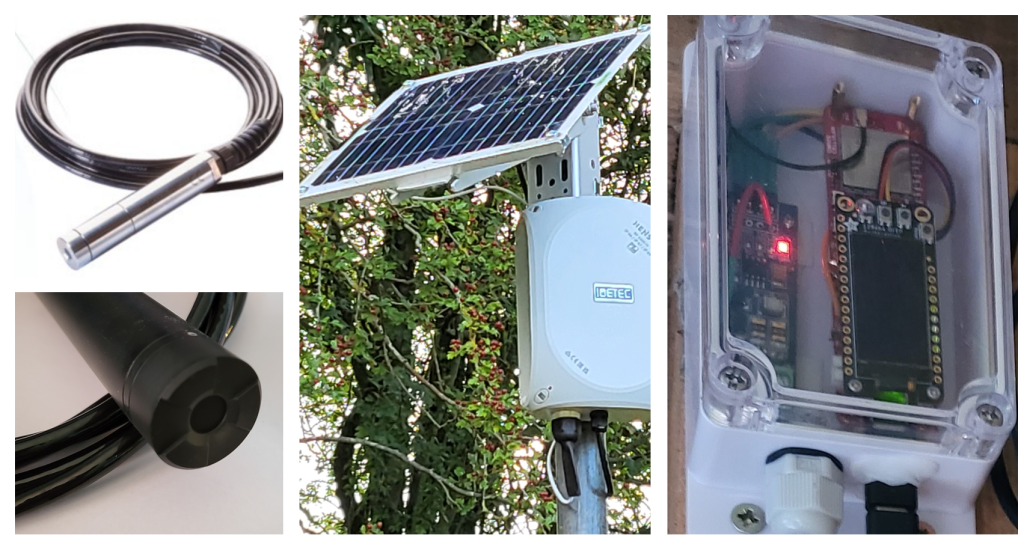
Monitoring Methods
Monitoring the temperature and dissolved oxygen levels in rivers is essential for understanding the health of aquatic ecosystems. Non-invasive methods offer valuable solutions that minimize environmental impact while providing accurate data.
Shown is our proof of concept Riversense unit
Data Collection
Using optical sensors offers advantages such as real-time data collection with reduced impact on the environment. The data collected is transmitted remotely through 4G and Satellite networks to a central cloud server, allowing researchers to monitor and analyse the river’s conditions remotely.
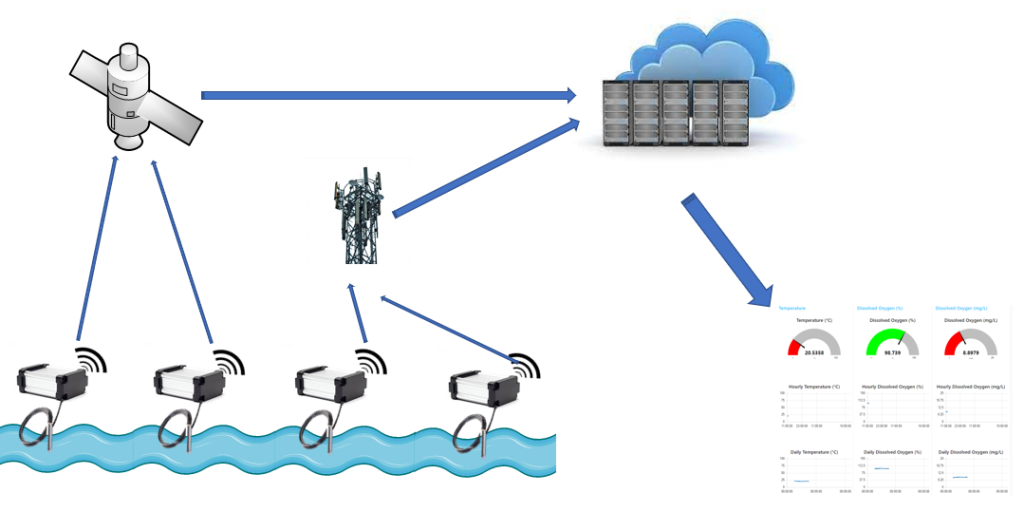

Data Security
Being able to ensure data provenance enables water operators and regulators to make better, informed decisions through improved insight and knowledge using trusted data. For instance, in the event of compliance any forensic data submitted must be untampered to ensure integrity.
Conclusion
In conclusion, it is vital that we continue to monitor pollution in our rivers. The health of these waterways not only affects the surrounding ecosystems but also has a direct impact on human health. By monitoring and addressing pollution sources, we can work towards cleaner and safer waterways for all.

